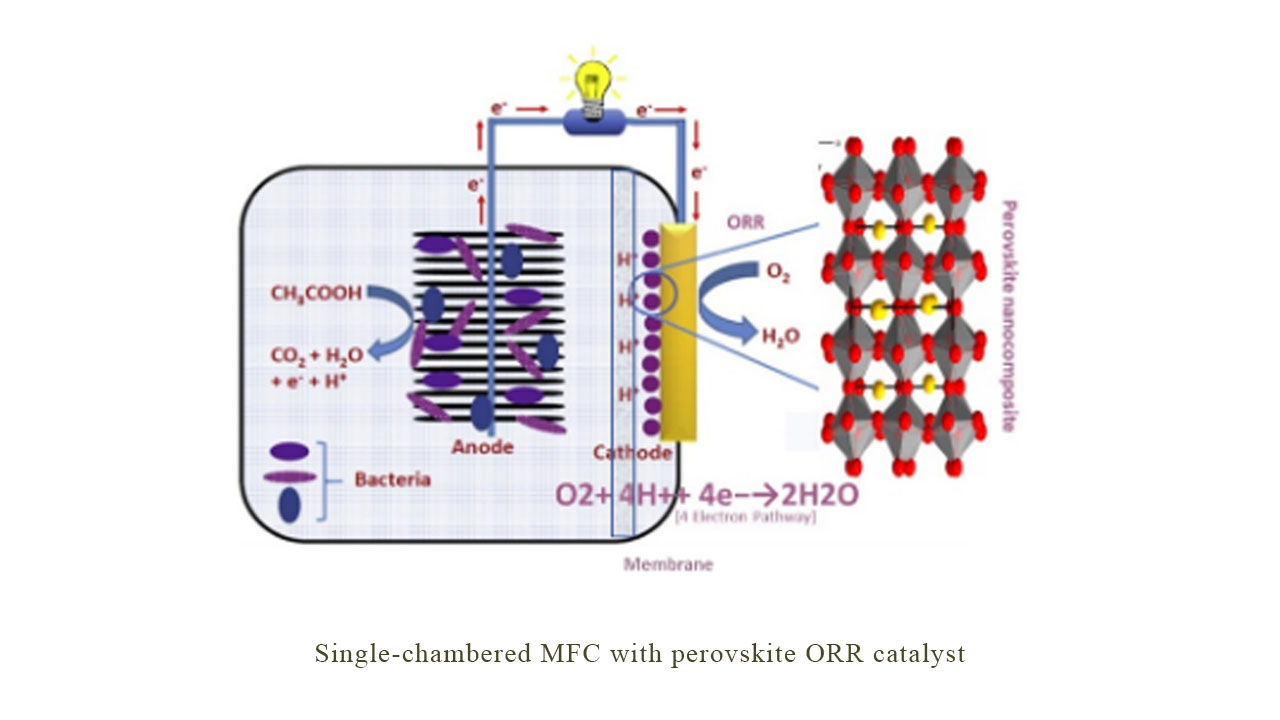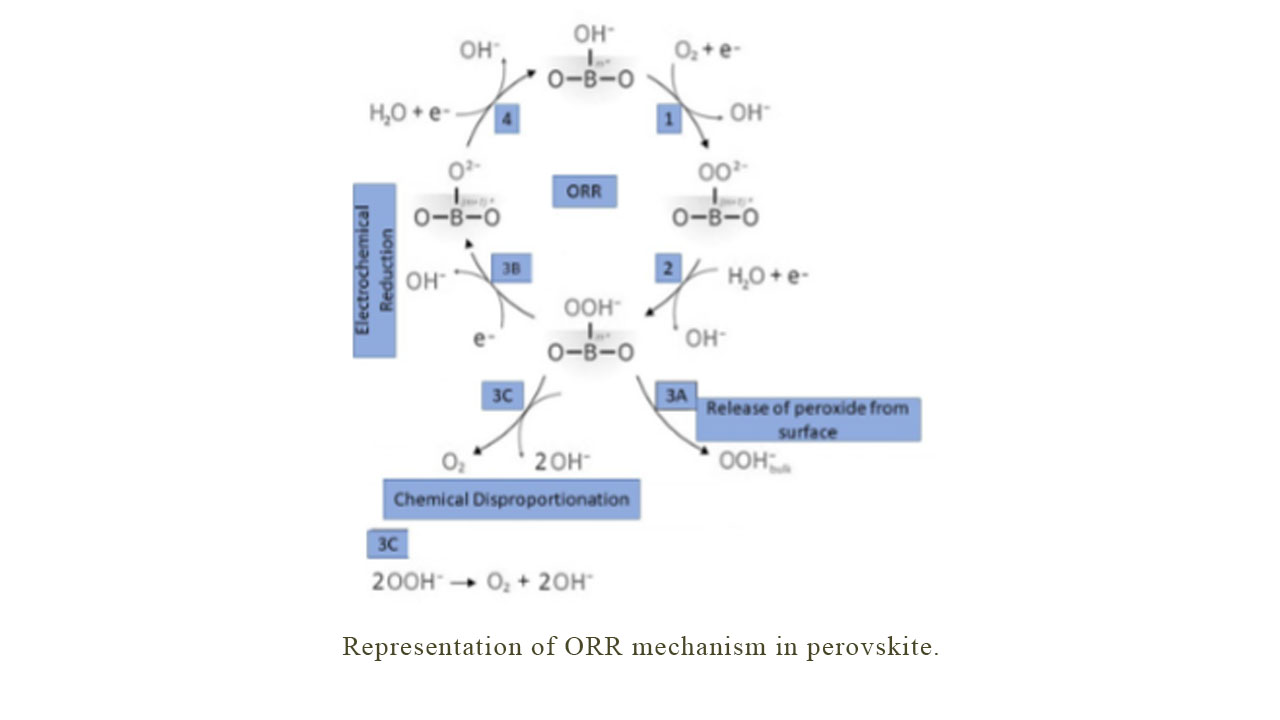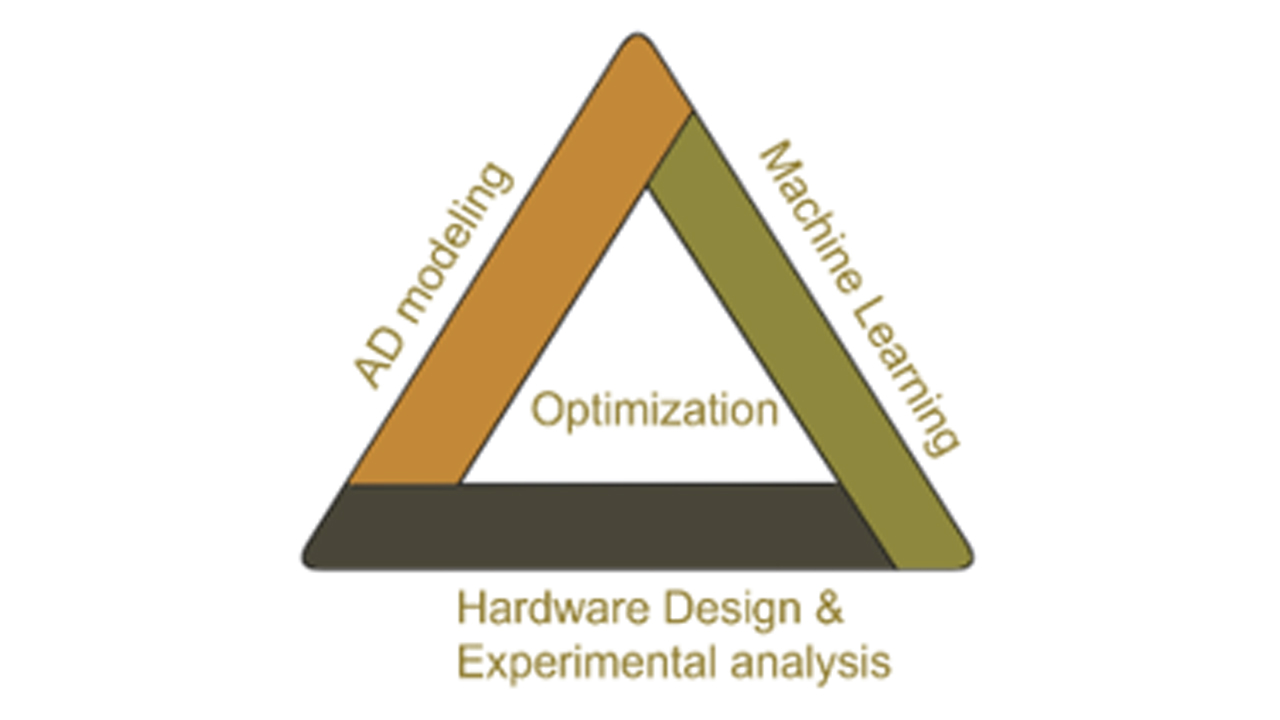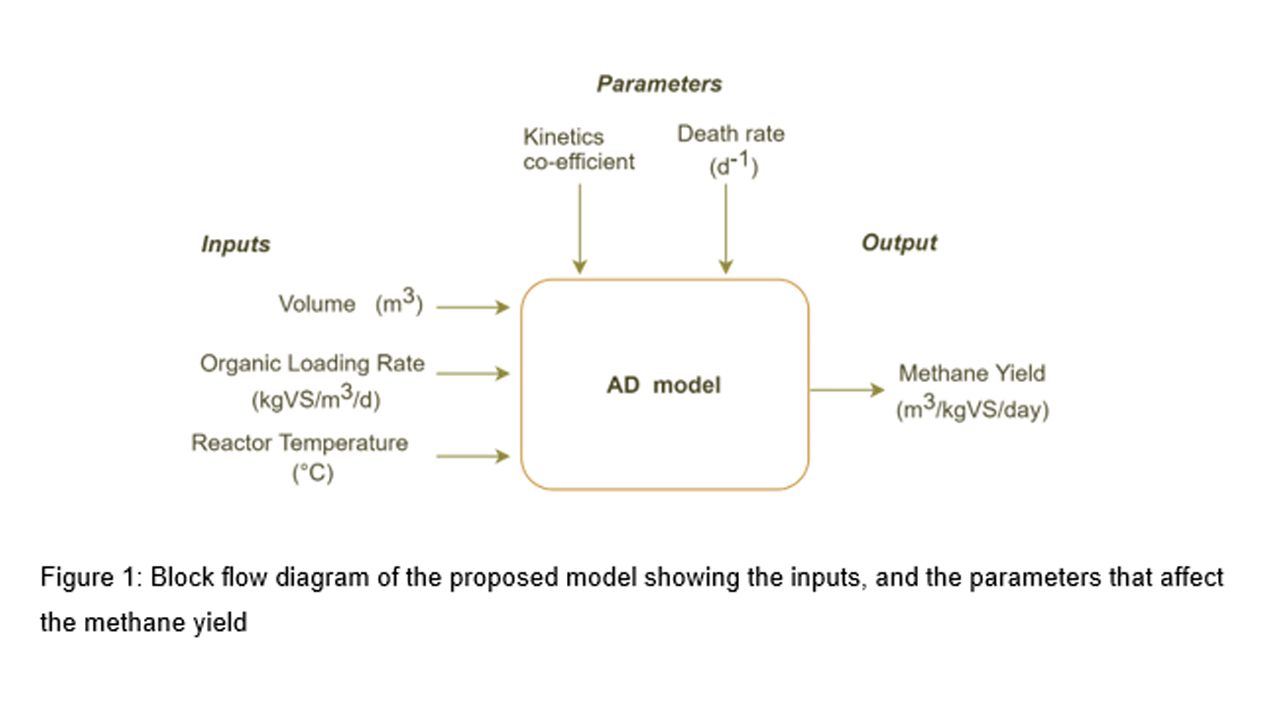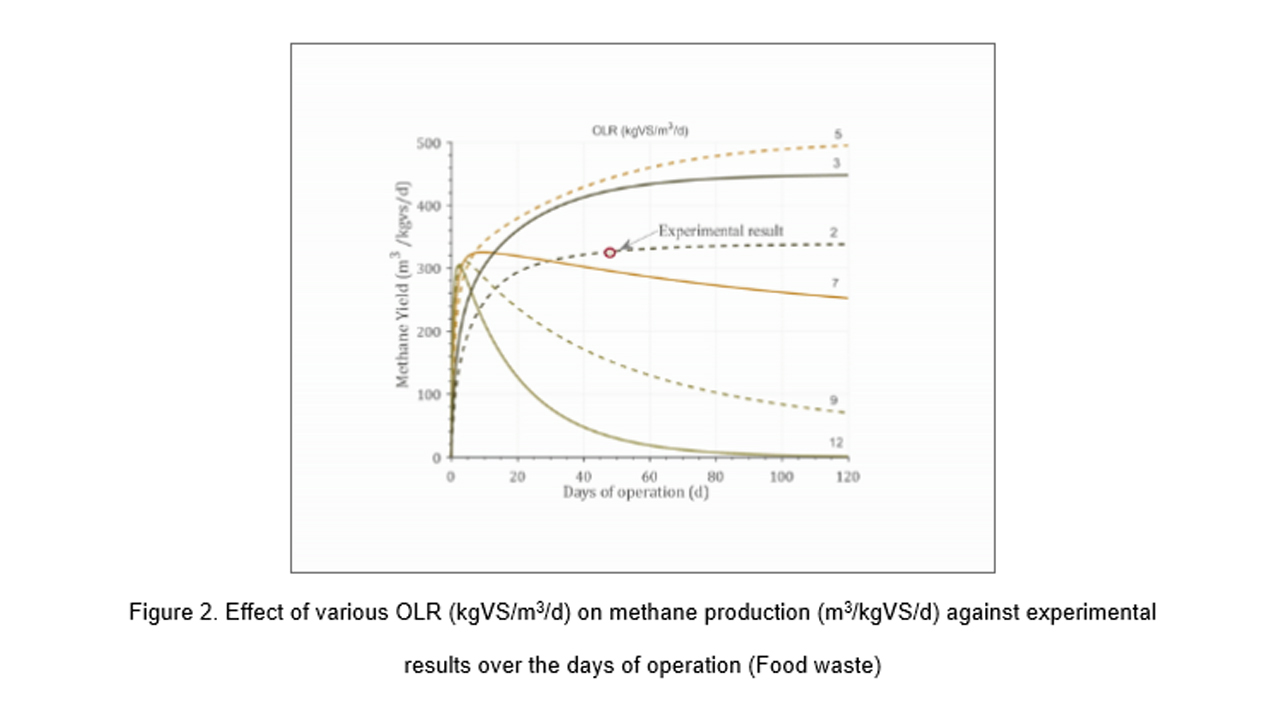Dr Pankaj Pathak edited a book on sustainable environmental solutions
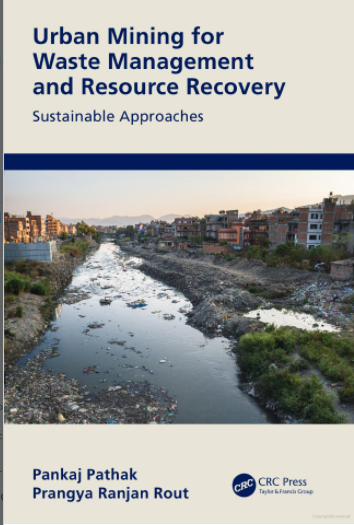 SRM University-AP is proud to announce that Dr Pankaj Pathak, Assistant Professor, The Department of Environmental Science, has edited a book titled, “Urban Mining for Waste Management and Resource Recovery: Sustainable Approaches” published by Routledge Publications. In an era of climate and global ecological crisis, our researcher has stepped up to promote sustainable environmental solutions.
SRM University-AP is proud to announce that Dr Pankaj Pathak, Assistant Professor, The Department of Environmental Science, has edited a book titled, “Urban Mining for Waste Management and Resource Recovery: Sustainable Approaches” published by Routledge Publications. In an era of climate and global ecological crisis, our researcher has stepped up to promote sustainable environmental solutions.
About the Book:
Scientific management strategies can help in exploring anthropogenic wastes (human-made materials) as potential resources through the urban mining concept and be a panacea for sustainable development. This book covers five broader aspects of waste management and resource recovery in urban mining, including solid and liquid waste management and treatment. It explains sustainable urban mining approaches for the effective management of solid and liquid wastes and facilitates their conversion into secondary resources. Overall, this book provides details of urban mining and its different applications, including current waste management problems, practices, and challenges worldwide.
- Presents a holistic approach for urban mining considering various types of wastes
- Describes contemporary integrated approaches for waste management with specific case studies
- Provides technical, social, and environmental aspects of solid and liquid wastes
- Considers aspects of sustainability and a circular bio-economy
- Incorporates pertinent case studies on water and wastewater management
This volume caters to researchers and graduate students in environmental engineering, solid waste management, wastewater treatment, and materials science aiming for sustainable environmental solutions.
Click Here to learn more about the book from the Publisher’s site.
- Published in Departmental News, ENVS News, News
Molybdenum as the next-generation catalyst
 The Department of Environmental Science is proud to announce that Dr Lakhveer Singh has published his paper titled, “Progressions in cathodic catalysts for oxygen reduction and hydrogen evolution in bioelectrochemical systems: Molybdenum as the next-generation catalyst” in a prestigious journal Catalysis Review with a high Impact Factor of 20.21.
The Department of Environmental Science is proud to announce that Dr Lakhveer Singh has published his paper titled, “Progressions in cathodic catalysts for oxygen reduction and hydrogen evolution in bioelectrochemical systems: Molybdenum as the next-generation catalyst” in a prestigious journal Catalysis Review with a high Impact Factor of 20.21.
The article is published in collaboration with NCL Pune, Hong Kong Baptist University, and VITO-Flemish Institute for Technological Research, Belgium.
Abstract of the Research
Oxygen reduction reactions (ORR) are unanimously a key factor of system performances in bioelectrochemical systems (BESs), low-temperature fuel cells, and generally in several electro-chemical platforms. Platinum (Pt)-based catalyst is the finest electrocatalyst for ORR in BESs; however, it is constrained by its low abundance, high price, and poor catalytic durability in an electrochemical setup for cathodic reaction kinetics. Molybdenum (Mo) with its multi-dimensional form as 2D and 3D layers and synergistic combination with other non-metals offers prospects of extraordinary performance as a low-cost metal-based ORR catalyst over the Pt in delivering enhanced ORR potential.
About the Research
This article throws light on the current requirements of sturdier catalyst material and thus provides a comprehensive review of the continuing efforts in exploring the possibility of Mo as a low-cost metal-based ORR catalyst for sustainable energy production.
Mo-based catalysts have been now widely used for their applications in environmental and energy-based catalysis due to the low cost of Mo, high stability, and excellent activity.
In the future, Dr Lakhveer Singh and his collaborators are working on overcoming limitations to fabricate durable, stable, and catalytically active micro/nanoscale two-dimensional MoS2-based cathodes at an industrial scale, commercial bioelectrochemical devices can be obtainable in future.
- Published in Departmental News, ENVS News, News, Research News
AI to boost up the performance of bioelectrochemical systems
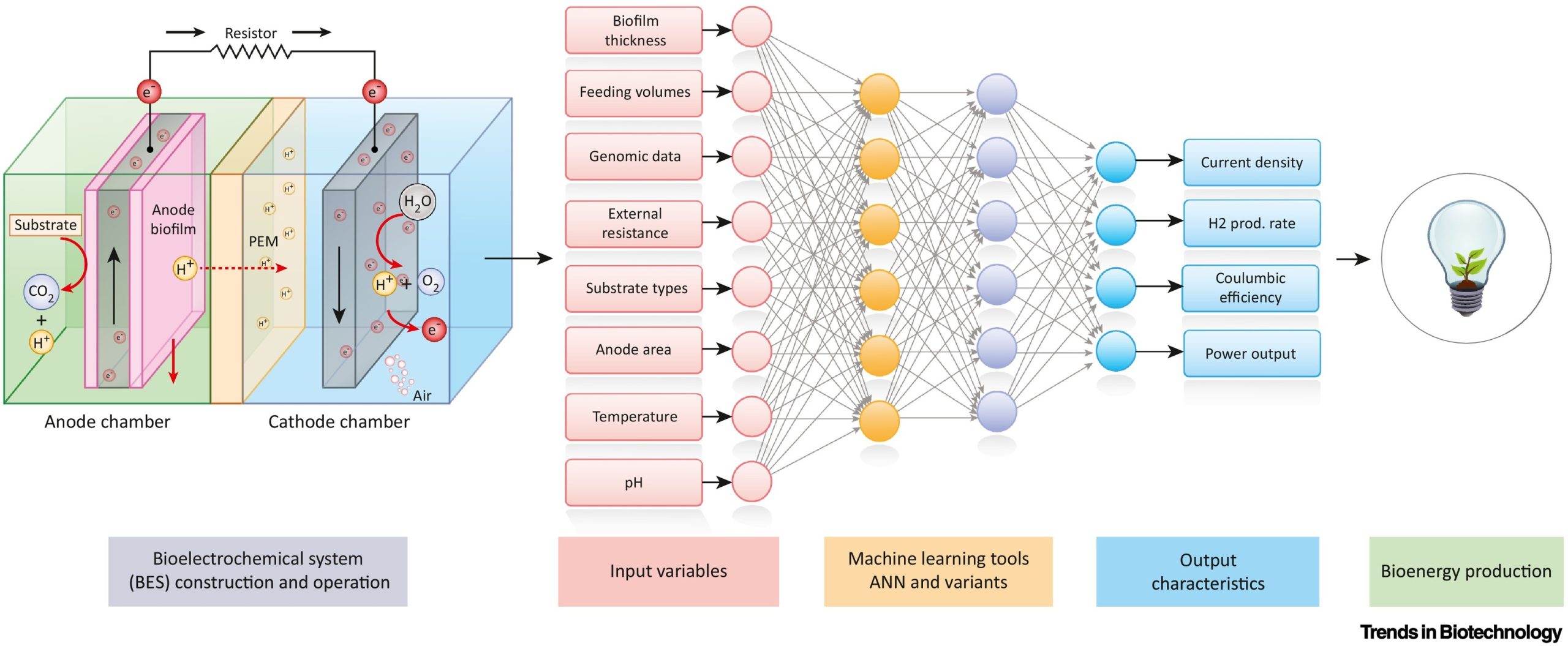
The Department of Environmental Science is glad to announce that Dr Lakhveer Singh has published his paper titled, “Leveraging artificial intelligence in bioelectrochemical systems” in a prestigious journal Trends in Biotechnology with a high Impact Factor of 19.53.
The paper was published in collaboration with Baptist University, Hong Kong and Oregon State University, USA.
Abstract of the Research
Bioelectrochemical systems (BESs) are highly evolved and sophisticated systems that produce bioenergy via exoelectrogenic microbes. Artificial intelligence (AI) helps to understand, relate, model, and predict both process parameters and microbial diversity, resulting in higher performance. This approach has revolutionised BESs through highly advanced computational algorithms that best suit the systems’ architecture for suitable fuel production.
About the Research
The performance of the microbial reactors primarily depends on the activity of the biocatalysts, indirectly governed by the microbial community structure and function. In this context, microbial dynamics are crucial for performance consistency and are sensitive to both biotic and abiotic stress in the reactor. To address this, a comprehensive, mechanistic understanding of the community dynamics is essential. Understanding the metabolic and electrochemical potentials would provide a basis for the selection and control of efficient communities with ramped metabolic flux and boosted electrogenic activity. The research will help in the development of an improved system for green fuel production.
According to Dr Lakhveer Singh and his collaborators, Artificial Neural Networks (ANNs) and Adaptive Neuro-fuzzy Systems (ANFISs), backed with iterative and backpropagation abilities, can be applied to Microbial Fuel Cells (MFCs) with improved computational models. This will eventually provide a breakthrough in operational and translational research predicting newer parameters, such as predictions of the emergence of substrate-specific microbial communities in biosensors or bioreactors. They intend to work on this in future.
- Published in Departmental News, ENVS News, News, Research News
Innovatory conversion of bagasse to biogas
The Department of Environmental Science is glad to announce that Dr Lakhveer Singh has published a paper titled “Anaerobic digestion of sugarcane bagasse for biogas production and digestate valorization” in the journal ‘Chemosphere’ having an impact factor of 7.08 in collaboration with IIT Delhi.
Abstract of the Research
The complex structure of biomass is recalcitrant to degradation and is a major hindrance for anaerobic digestion, so different pre-treatment methods are applied to deconstruct the bagasse for microbial digestion. In this review, different processes developed for the pre-treatment of bagasse and their effect on biogas production have been extensively covered. Moreover, combinations of pre-treatment methods, co-digestion of bagasse with other waste (nitrogen-rich or easily digestible) for enhanced biogas production and biomethane generation along with other value-added products have also been reviewed. Thus, this review highlights the major emerging area of research for improvement in bagasse-based processes for enhanced biogas production along with digestate valorization to make the overall process economical and sustainable.
The paper offers a promising solution with respect to the conversion of agricultural waste to biomethane along with other value-added products. As far as Dr Singh is concerned, future research should also be directed towards the life cycle assessment of different integrated technologies for quantifying the environmental and economic benefits which will help to choose the most sustainable option for digestate valorization.
- Published in Departmental News, ENVS News, News, Research News
Introducing perovskite-based catalyst for microbial fuel cell
Microbial fuel cells (MFCs) are biochemical systems producing green energy through the microbial degradation of organic contaminants in wastewater. The Oxygen Reduction Reaction (ORR) that takes place at MFC cathode decides the overall output of energy generation. Hence, the selection of ORR catalyst becomes pivotal in MFC fabrication for its efficiency and cost effectiveness. Gopa Nandikes P, PhD Scholar, Department of Environmental Science, proposes perovskite-based nanocatalyst as an excellent replacement to Platinum in his paper “Perovskite-Based Nanocomposite Electrocatalysts: An alternative to Platinum ORR Catalyst in Microbial Fuel Cell Cathodes”. The paper is published in ‘Energies Journal’ having an Impact Factor of 3.04.
The paper comprehensively summarises all the studies conducted with perovskite-based ORR catalyst in MFC, its unique reaction mechanism and the synergistic effect with carbon. The paper also throws light into various challenges and prospects to further improve the ORR activity of perovskite-based catalysts.
Abstract of the Research
Microbial fuel cells (MFCs) are biochemical systems having the benefit of producing green energy through the microbial degradation of organic contaminants in wastewater. The efficiency of MFCs largely depends on the cathode oxygen reduction reaction (ORR). A preferable ORR catalyst must have good oxygen reduction kinetics, high conductivity, and durability, together with cost-effectiveness. Platinum-based electrodes are considered a state-of-the-art ORR catalyst. However, the scarcity and higher cost of Pt are the main challenges for the commercialization of MFCs; therefore, in search of an alternative, cost- effective catalysts, those such as doped carbons and transition-metal based electrocatalysts have been researched for more than a decade. Recently, perovskite-oxide based nanocomposites have emerged as a potential ORR catalyst due to their versatile elemental composition, molecular mechanism, and the scope of nanoengineering for further developments. In this article, we discuss various studies conducted and opportunities associated with perovskite-based catalysts for ORR in MFCs. Special focus is given to a basic understanding of the ORR reaction mechanism through oxygen vacancy, modification of its microstructure by introducing alkaline earth metals, electron transfer pathways and the synergistic effect of perovskite and carbon. At the end, we also propose various challenges and prospects to further improve the ORR activity of perovskite-based catalysts.
- Published in Departmental News, ENVS News, News, Research News
Optimising the anaerobic digestion process
Publishing a paper in the second-best journal in the discipline of Environmental Engineering and having an impact factor of 9.7 is obviously a significant achievement. The Department of Environmental Science is elated to inform you that the paper, “Dynamic Simulation and Optimization of Anaerobic Digestion Processes using MATLAB” has been published by Dr Karthik Rajendran, Assistant Professor of Environmental Science, and his PhD student, Mr Prabhakaran G in ‘Bioresource Technology’ journal.
Abstract of the research
Time series-based modelling provides a fundamental understanding of process fluctuations in an anaerobic digestion process. However, such models are scarce in literature. In this work, a dynamic model was developed based on modified Hill’s model using MATLAB, which can predict biomethane production with time series. This model can predict the biomethane production for both batch and continuous processes, across substrates and at diverse conditions such as total solids, loading rate, and days of operation. The deviation between the literature and the developed model was less than ±7.6%, which shows the accuracy and robustness of this model. Moreover, statistical analysis showed there was no significant difference between literature and simulation, verifying the null hypothesis. Finding a steady and optimized loading rate was necessary from an industrial perspective, which usually requires extensive experimental data. With the developed model, a stable and optimal methane yield generating loading rate could be identified at minimal input.
About the research
Anaerobic Digestion (AD) is a natural process that converts organic waste into biogas, in the absence of oxygen, which can be used as cooking fuel or for electricity generation. Biogas generation depends on various operational parameters of the AD processes like temperature, organic loading rate, and pH. For example, the speed of a car depends on various parameters like mileage per litre, type of fuel (petrol or diesel), engine power, type of gear, and road type. The optimum speed of a car can be defined by the manufacturer. Likewise, the optimum biogas/ biomethane can be calculated by computer simulations. If the loading rate is increased, the biogas yield increases up to a particular time and then decreases due to overloading like human bodies (eating a large amount of food may strain or cause failure of the digestive system), then the biogas plant will be a failure.
Optimising the loading rate through experiment was not easy, as multiple trials were necessary and it will take a longer time and high cost. In this work, the researchers did the optimisation based on the loading rate over the time period. The loading rate was optimised to maximum methane production, which also showed the region of stability from an operational perspective.
Practical implementations of the research
The practical implications of this work are, to use it in real-time operations of an AD plant and in research laboratories to estimate the best region of operation in terms of loading rate and yield. This work shows that longer days of operation could optimise better loading rates or could help in reaching a steady-state condition in real-time biogas plants.
Future research plans
Real-time biogas plants are deficient in the availability of data to do the computer simulation by using the mathematical model. To overcome this problem, researchers are planning to do Artificial Intelligence (Machine learning)- based biogas prediction by data-driven techniques. It will reduce the complexity with higher accuracy. In future, the machine learning model will integrate with real-time bioreactor for self-diagnosis and better decision making.
- Published in Departmental News, ENVS News, News, Research News
Towards green whiskey production
Dr Karthik Rajendran, Assistant Professor from the Department of Environmental Science, has added another paper to his list of publications. His paper titled Towards green whiskey production: anaerobic digestion of distillery by-products and the effects of pretreatment has been published in the Journal of Cleaner Production (Q1 category) with an impact factor of 9.2.
Abstract of the research
 Using renewable biogas from anaerobic digestion of distillery by-products as a low carbon heat source can decarbonise the distillery process and support the distillery industry for a transition to a more sustainable production process. The study investigated the anaerobic digestion performance of different types of whiskey by-products and the effects of acid pre-treatment on the digestion of solid by-products. Results of biomethane potential assays showed that the methane yield from the unprocessed by-products was 330 mL/g volatile solids (VS) from draff, 495 mL/g VS from thin stillage, and 503 mL/g VS from thick stillage. For the processed by-products, the specific methane yield was 370 mL/g VS from cake maize, 382 mL/g VS from wet distillers’ grains with solubles (WDGS), and 545 mL/g VS from syrup. Acid pre-treatment (1% H2SO4 at 135 ◦C for 15 min) did not significantly improve the methane yield from solid by-products (such as draff and WDGS) but reduced the digestion time by 54.5% for cake maize. The microbial community analysis revealed that methane production from the untreated and acid-pre-treated solid by-products (draff and WDGS) was mainly through the hydrogenotrophic methanogenesis pathway. The gross thermal energy in the form of methane produced from 100 tonnes of mixed unprocessed by-products (draff, thin stillage, and thick stillage) was calculated as 24.4 MWthh equivalents to 60.6% of the thermal energy consumed in whiskey production, which affected the same percentage of CO2 emissions reduction.
Using renewable biogas from anaerobic digestion of distillery by-products as a low carbon heat source can decarbonise the distillery process and support the distillery industry for a transition to a more sustainable production process. The study investigated the anaerobic digestion performance of different types of whiskey by-products and the effects of acid pre-treatment on the digestion of solid by-products. Results of biomethane potential assays showed that the methane yield from the unprocessed by-products was 330 mL/g volatile solids (VS) from draff, 495 mL/g VS from thin stillage, and 503 mL/g VS from thick stillage. For the processed by-products, the specific methane yield was 370 mL/g VS from cake maize, 382 mL/g VS from wet distillers’ grains with solubles (WDGS), and 545 mL/g VS from syrup. Acid pre-treatment (1% H2SO4 at 135 ◦C for 15 min) did not significantly improve the methane yield from solid by-products (such as draff and WDGS) but reduced the digestion time by 54.5% for cake maize. The microbial community analysis revealed that methane production from the untreated and acid-pre-treated solid by-products (draff and WDGS) was mainly through the hydrogenotrophic methanogenesis pathway. The gross thermal energy in the form of methane produced from 100 tonnes of mixed unprocessed by-products (draff, thin stillage, and thick stillage) was calculated as 24.4 MWthh equivalents to 60.6% of the thermal energy consumed in whiskey production, which affected the same percentage of CO2 emissions reduction.
Explanation of the research
Many industries meet their energy demand based on the fossil fuels such as coal, oil, and natural gas, which increases carbon dioxide emissions. Alcohol production is one of the heavy fossil fuel using industries, especially in distillation. The waste after alcohol production can be used to produce methane, which can be used as energy in distillation, reducing the need for energy consumption. By consuming the waste and producing energy, up to 60% of thermal energy could be reduced. This also reduces the CO2 emission by 60%. Alcohol industries can use their waste to decarbonise the energy demand, thus meeting the net-zero. India is expected to reach net-zero by 2070, which will be a bigger addition as a part of it.
In this research, Dr Karthik Rajendran has collaborated with Professor Jerry Murphy, UCC, Ireland, and Dr Richen Lin, UCC, Ireland. Applying the similar concept in the Indian context is his future plan for this research.
- Published in Departmental News, ENVS News, News, Research News
Gather around! Let’s undo the damage we caused!
“The greatest threat to our planet is the belief that someone else will save it” – Robert Swan
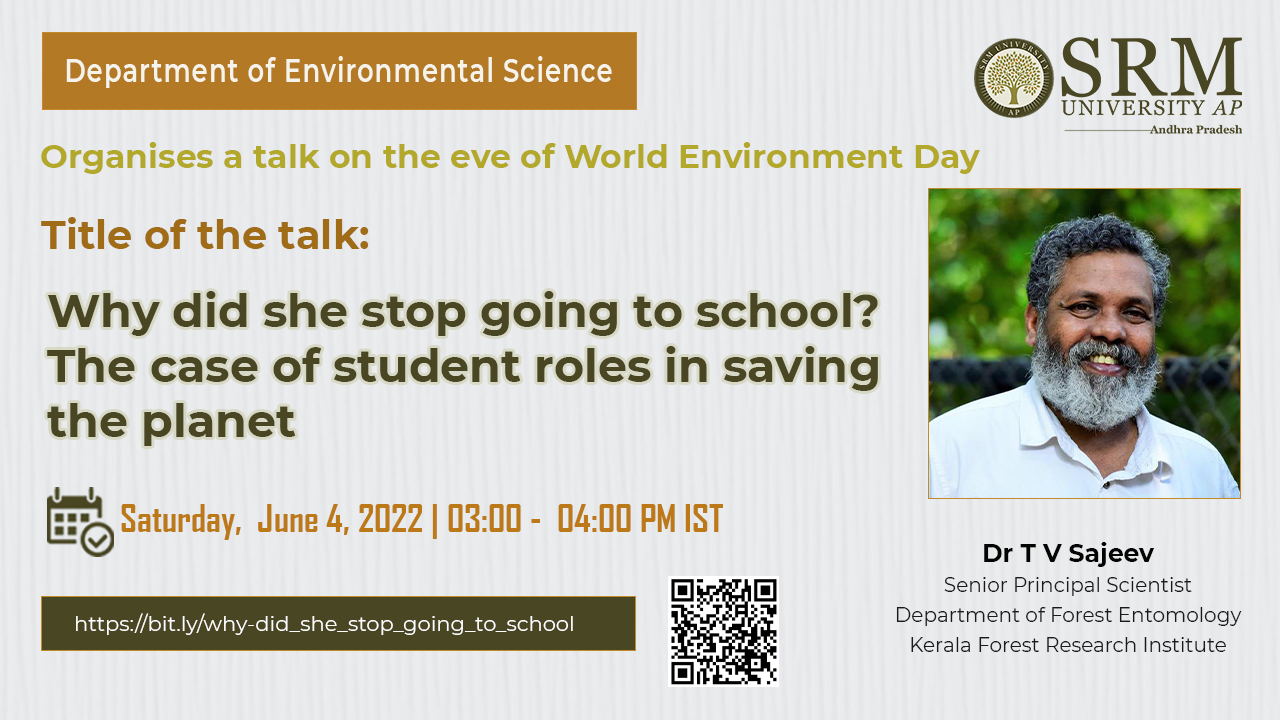 We live in a world where turning a blind eye to the air surrounding us is never an option. We are constantly reminded of our actions and their subsequent consequences on the planet. Yet many of us are in denial of the widening damages caused by us, and humanity is using the world’s resources faster than they can naturally recover. World Environment Day is here to kick you out of your comfort zone and push you to pause and reflect on what you have done so far.
We live in a world where turning a blind eye to the air surrounding us is never an option. We are constantly reminded of our actions and their subsequent consequences on the planet. Yet many of us are in denial of the widening damages caused by us, and humanity is using the world’s resources faster than they can naturally recover. World Environment Day is here to kick you out of your comfort zone and push you to pause and reflect on what you have done so far.
On the eve of World Environment Day, the Department of Environmental Science is organising a webinar to discuss topics that need immediate response actions. Dr T V Sajeev, Senior Principal Scientist, Department of Forest Entomology, Kerala Forest Research Institute, will be delivering a talk on ‘Why did she stop going to school? The case of student roles in saving the planet’.
Date: June 04, 2022
Time: 3.00 pm to 4.00 pm IST
About the speaker
Dr T V Sajeev has twenty years of service as a scientist in KFRI and twenty-eight years of research experience. He has a PhD in Environmental Sciences from CUSAT. His focused areas of research are landscape fragmentation, population dynamics of insects, political ecology, biological control, and management of alien species. Currently, he coordinates a Tree Health Helpline Desk in KFRI to benefit forest tree farmers in Kerala. He has also secured a patent for the development of a biopesticide.
World Environment Day 2022 urges you to celebrate planet Earth through collective transformative actions. Let’s undo the damages we caused! Come listen to what our #OnlyOneEarth has to say.
- Published in Departmental Events, ENVS Events, ENVS News, Events
Recovery of nutrients from wastewater

Water pollution continues to be one of the serious concerns facing the country. The ensuing scenario of eutrophication and harmful algal blooms has exacerbated the menace. This demands wholescale water management techniques to segregate the pollutants, retrieve useful nutrients, and treat the water effectively for sustainable use. Dr Karthik Rajendran and his PhD scholar, Mr Sarath Chandra, from the Department of Environment Science have published a paper discussing various nutrient recovery methods and their consequential outcomes. The research was done in collaboration with Dr Deepak Kumar from SUNY College of Environmental Science and Forestry, Syracuse, NY and Dr Richen Lin from Southeast University, Nanjing, China.
The article titled, “Nutrient recovery from wastewater in India: A perspective from mass and energy balance for a sustainable circular economy” was published in Bioresource Technology Reports (Q1 Journal), having an Impact Factor of 4.41. Their research investigates the possibilities of recovering Nitrogen (N) and Phosphorous (P) from wastewater in terms of technology, energy, and economic point of view. Excessive presence of Nitrogen and Phosphorous can result in eutrophication and algal blooming. These nutrients also pose a harmful threat to infrastructure. Nutrient recovery can mitigate these challenges and improve the quality of water.
Phosphorus is one of the limited resources available on earth and a key ingredient in fertilizer production. The recovery process also helps in transforming wastewater into resource pools that can efficiently churn out valuables that hold the key to a sustainable future. This will help reduce the imports of fertilizers and bring down the emissions to half in producing fertilizers. Their findings will also pave the way for making necessary policies to reduce water pollution and recover nutrients. As two-thirds of wastewater remains uncollected, they claim that effective treatment and water management practices can save around 800 crores per annum. Their future research plan also includes the experimental analysis of the nutrient recovery system.
Abstract of the Research
Wastewater (WW) is a potential source to recover N, and P, whereas, in India, it is scarcely explored. In this work, four different nutrient recovery methods were compared from a mass- and energy-balance perspective to understand the overall process flow. From 1000-m3 WW, chemical precipitation yielded 33.8 kg struvite, while micro-algae resulted in 299.1 kg (dry powder). Energy consumption was lowest for the fuel cells at 216.2 kWh/1000 m3, while microalgae used the highest energy at 943.3 kWh/1000 m3. Nonetheless, the cost-saving analysis showed that microalgae (78.6$/1000 m3) as a nutrient recovery choice, had higher savings than any other methods compared. For a country like India, where two-thirds of urban wastewater is untreated, wastewater-biorefinery options such as nutrient recovery hold the key to a sustainable circular economy.
- Published in Departmental News, ENVS News, News, Research News
On an invasive shrub that alters the flora and soils
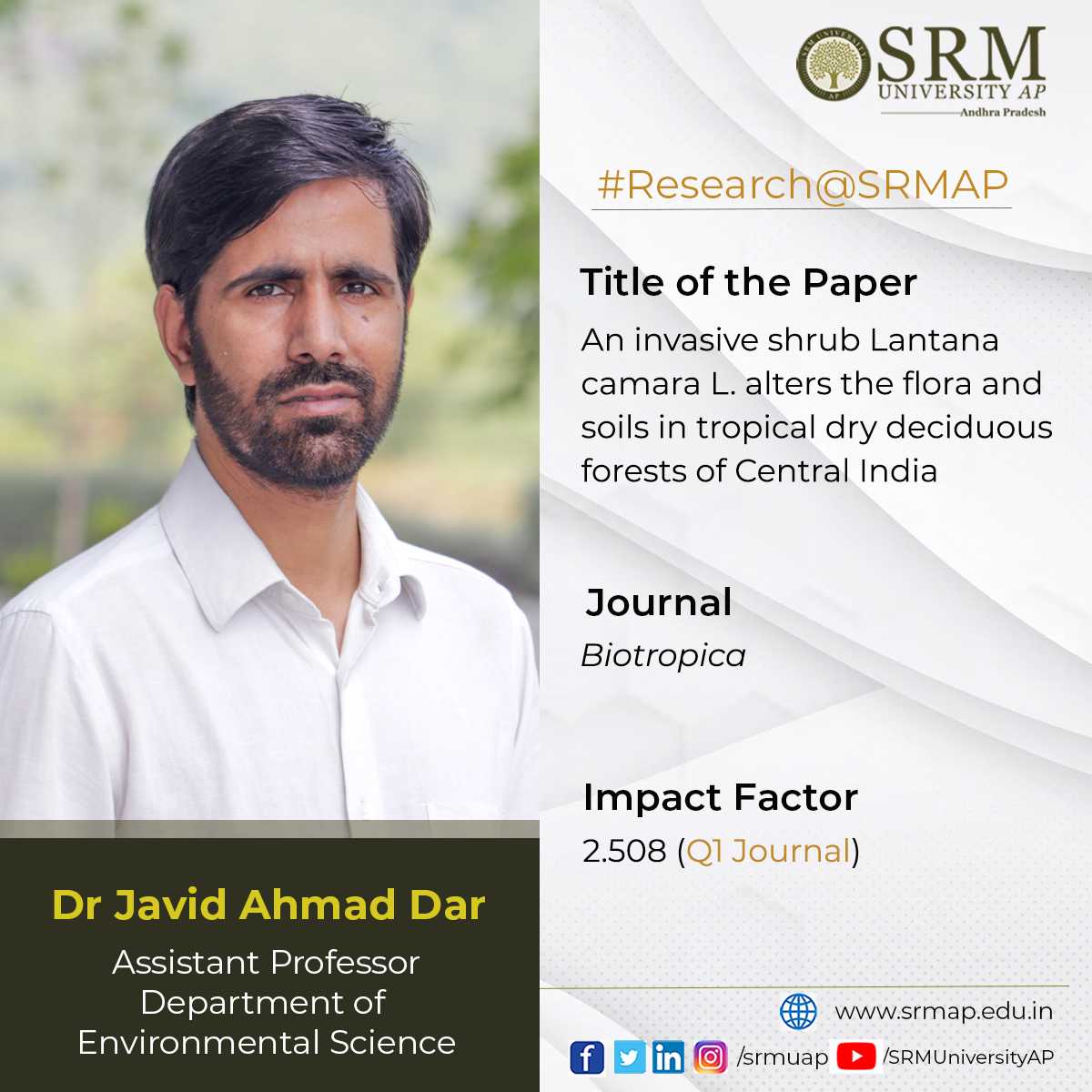 The paper titled “An invasive shrub Lantana camara L. alters the flora and soils in tropical dry deciduous forests of Central India” has been published by Dr Javid Ahmad Dar, Assistant Professor of Environmental Science at SRM University-AP, in “Biotropica” having an impact factor 2.508 (Q1 Journal).
The paper titled “An invasive shrub Lantana camara L. alters the flora and soils in tropical dry deciduous forests of Central India” has been published by Dr Javid Ahmad Dar, Assistant Professor of Environmental Science at SRM University-AP, in “Biotropica” having an impact factor 2.508 (Q1 Journal).
Abstract
The findings of this research reveal how an invasive shrub Lantana camara L. significantly alters the flora and soils in tropical dry deciduous forests of Central India and suggested long-term monitoring studies and proper management strategy.
Practical implementation
The findings would be helpful to forest managers, scientists and policymakers for better understanding, management, and restoration of the invaded landscapes in tropical forest ecosystems.
Collaborations
Prof M. L. Khan, Department of Botany, Dr Harisingh Gour Vishwavidyalaya (A Central University), Sagar, Madhya Pradesh, India.
Prof Raman Sukumar, Centre for Ecological Sciences, Indian Institute of Science (IISc), Bengaluru, India.
Prof Mukund Dev Behara, CORAL, Indian Institute of Technology, Kharagpur, West Bengal, India.
Prof S. M. Sundarapandian, Ecology and Environmental Sciences, Pondicherry University, Puducherry, India.
Future research plans:
Dr Javid Dar’s research plan for the next five years is to bring together several unique aspects of forest ecology which will be focused on carbon dynamics, mortality, microbial diversity and their relationship in shaping the structure and functional aspects of different forest ecosystems in the on-going and future climate change. Another major aspect of the research will be, to focus on ecophysiology and plant functional trait analysis in forest ecosystems as they are vulnerable to climate change and to see the impacts of climate change on diversity, productivity and stand structure in tropical and temperate forest ecosystems.
- Published in Departmental News, ENVS News, News, Research News



